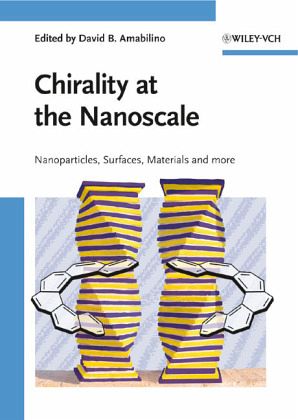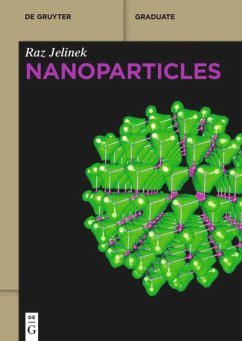
Chirality at the Nanoscale
Nanoparticles, Surfaces, Materials and more
Herausgegeben: Amabilino, David B.

PAYBACK Punkte
51 °P sammeln!
The only standard reference in this exciting new field combines the physical, chemical and material science perspectives in a synergic way. This monograph traces the development of the preparative methods employed to create nanostructures, in addition to the experimental techniques used to characterize them, as well as some of the surprising physical effects. The chapters cover every category of material, from organic to coordination compounds, metals and composites, in zero, one, two and three dimensions. The book also reviews structural, chemical, optical, and other physical properties, fini...
The only standard reference in this exciting new field combines the physical, chemical and material science perspectives in a synergic way. This monograph traces the development of the preparative methods employed to create nanostructures, in addition to the experimental techniques used to characterize them, as well as some of the surprising physical effects. The chapters cover every category of material, from organic to coordination compounds, metals and composites, in zero, one, two and three dimensions. The book also reviews structural, chemical, optical, and other physical properties, finishing with a look at the future for chiral nanosystems.













